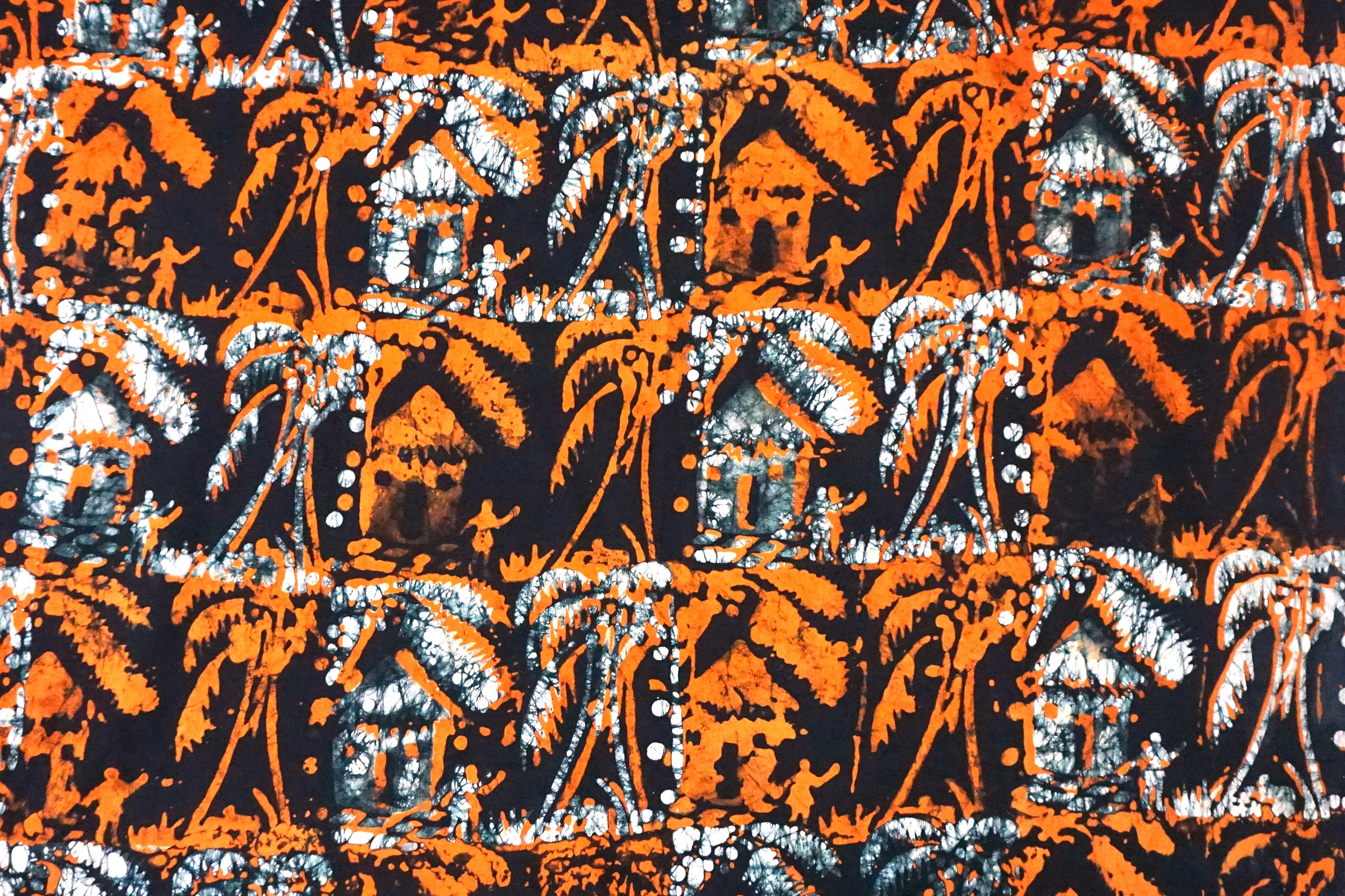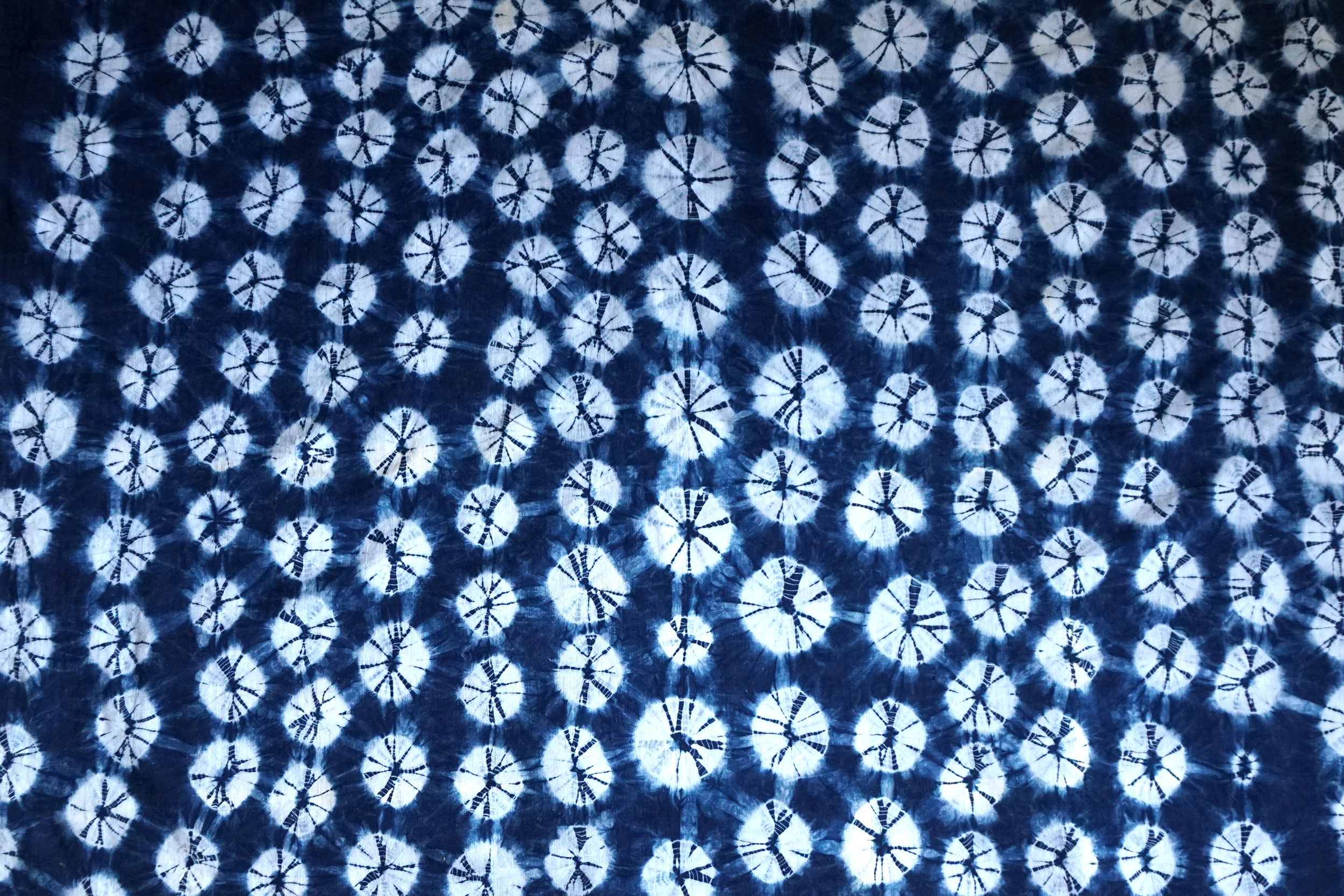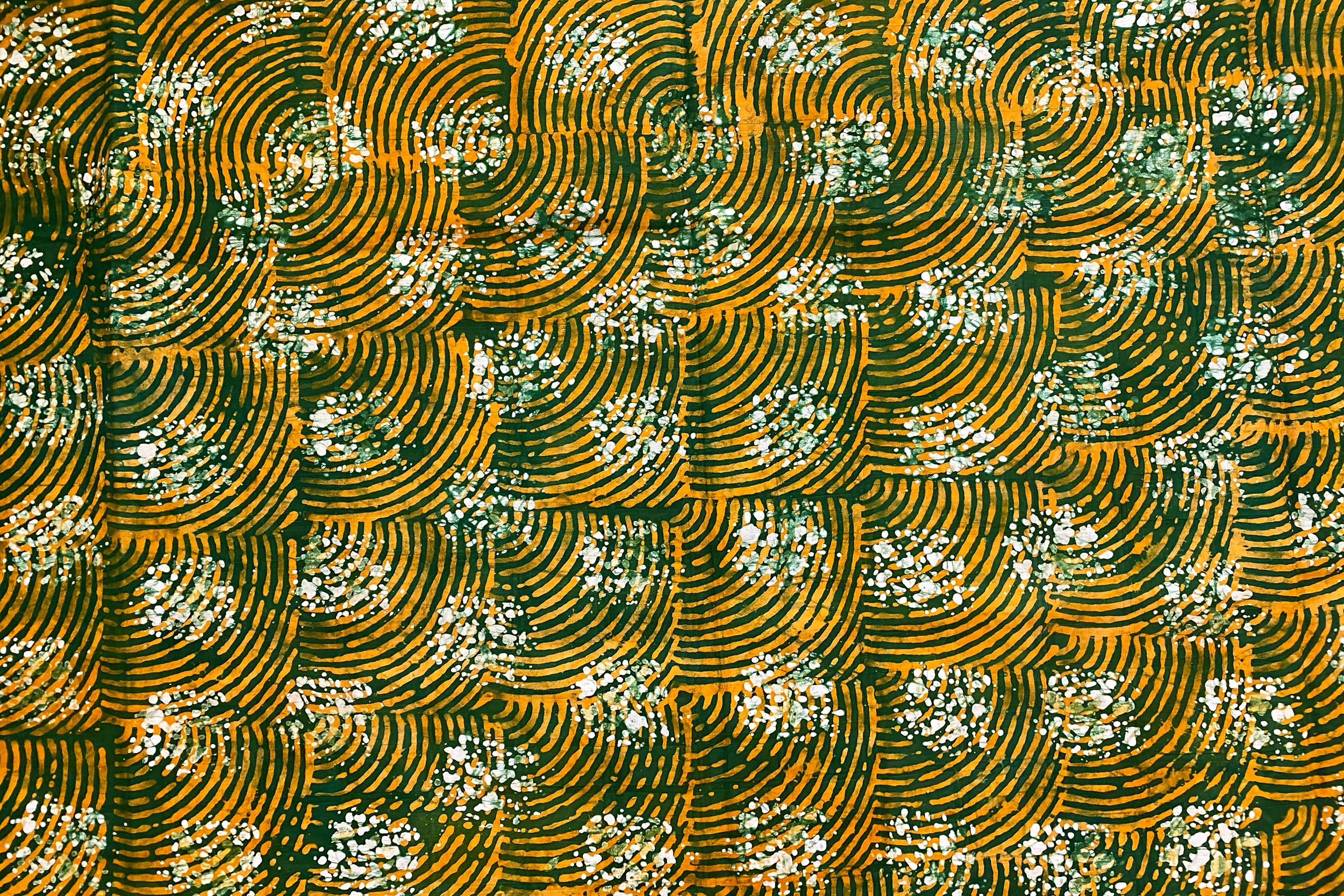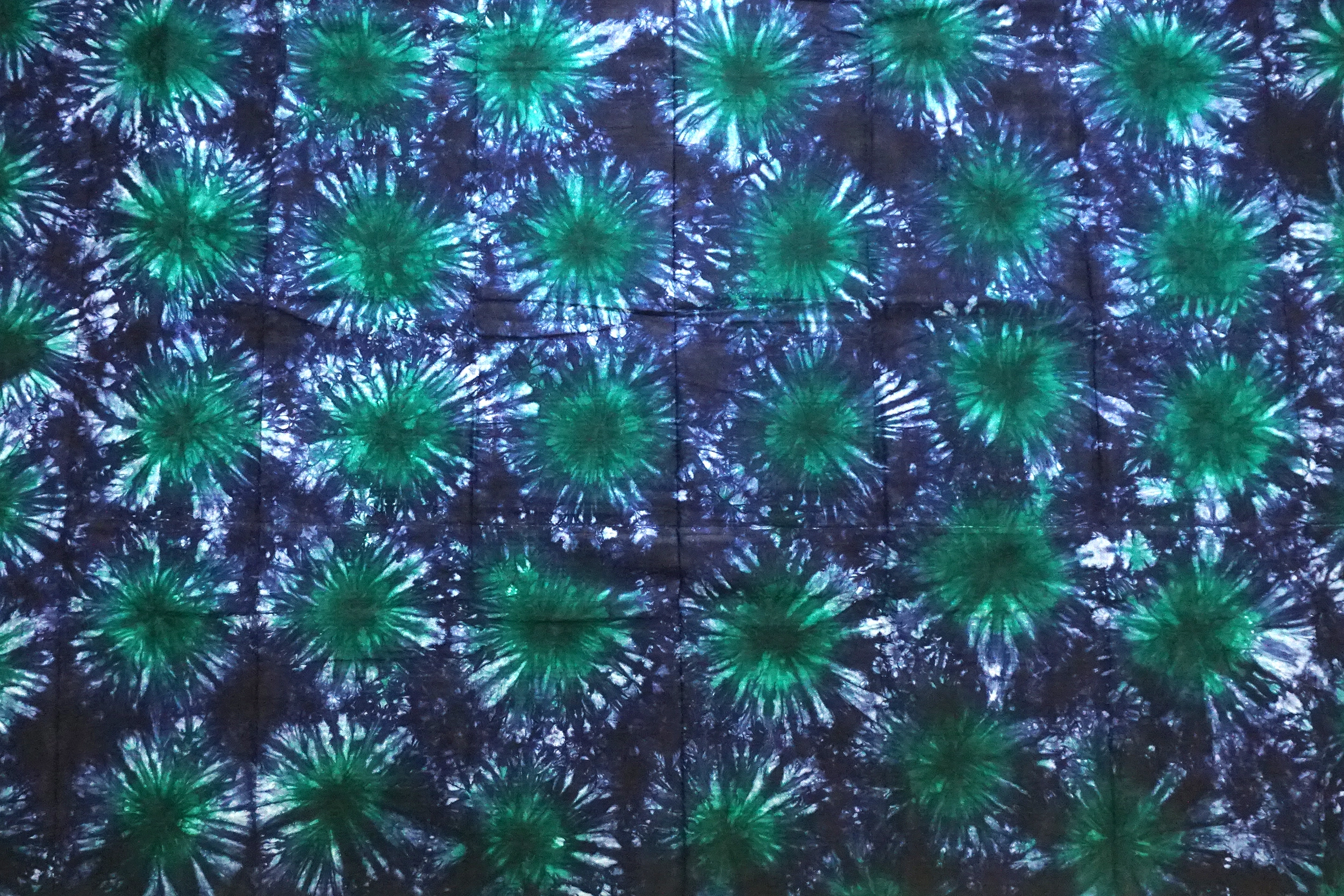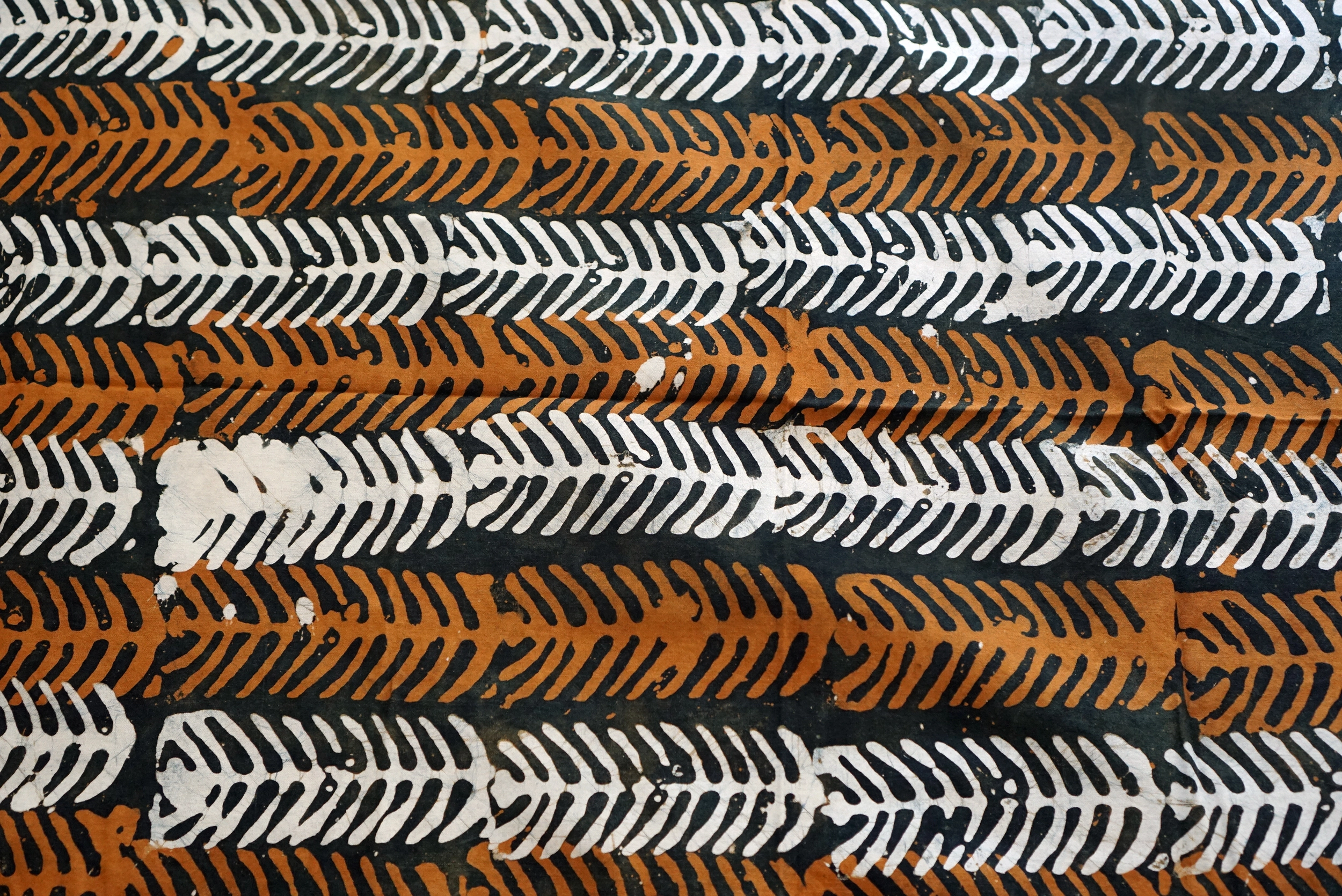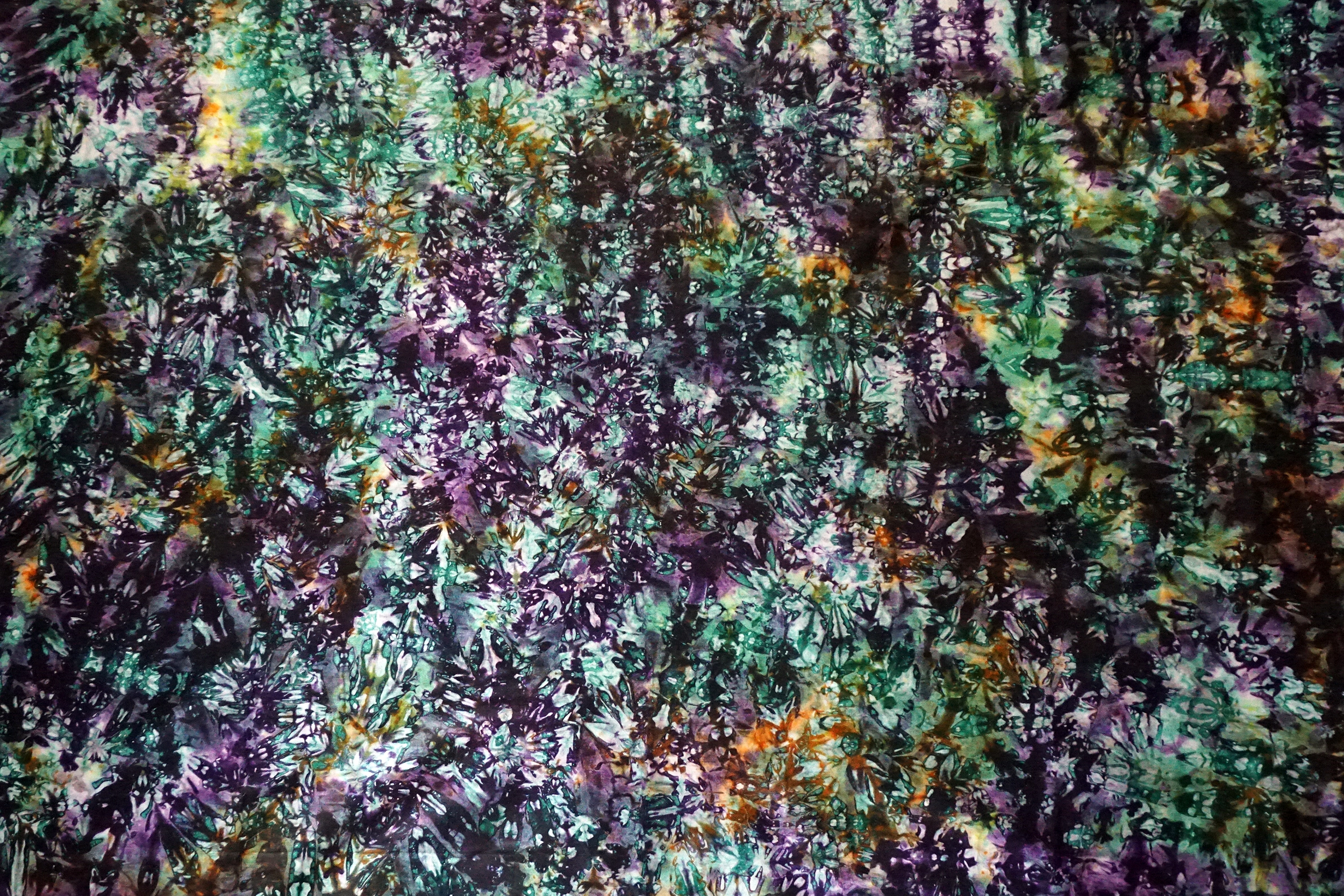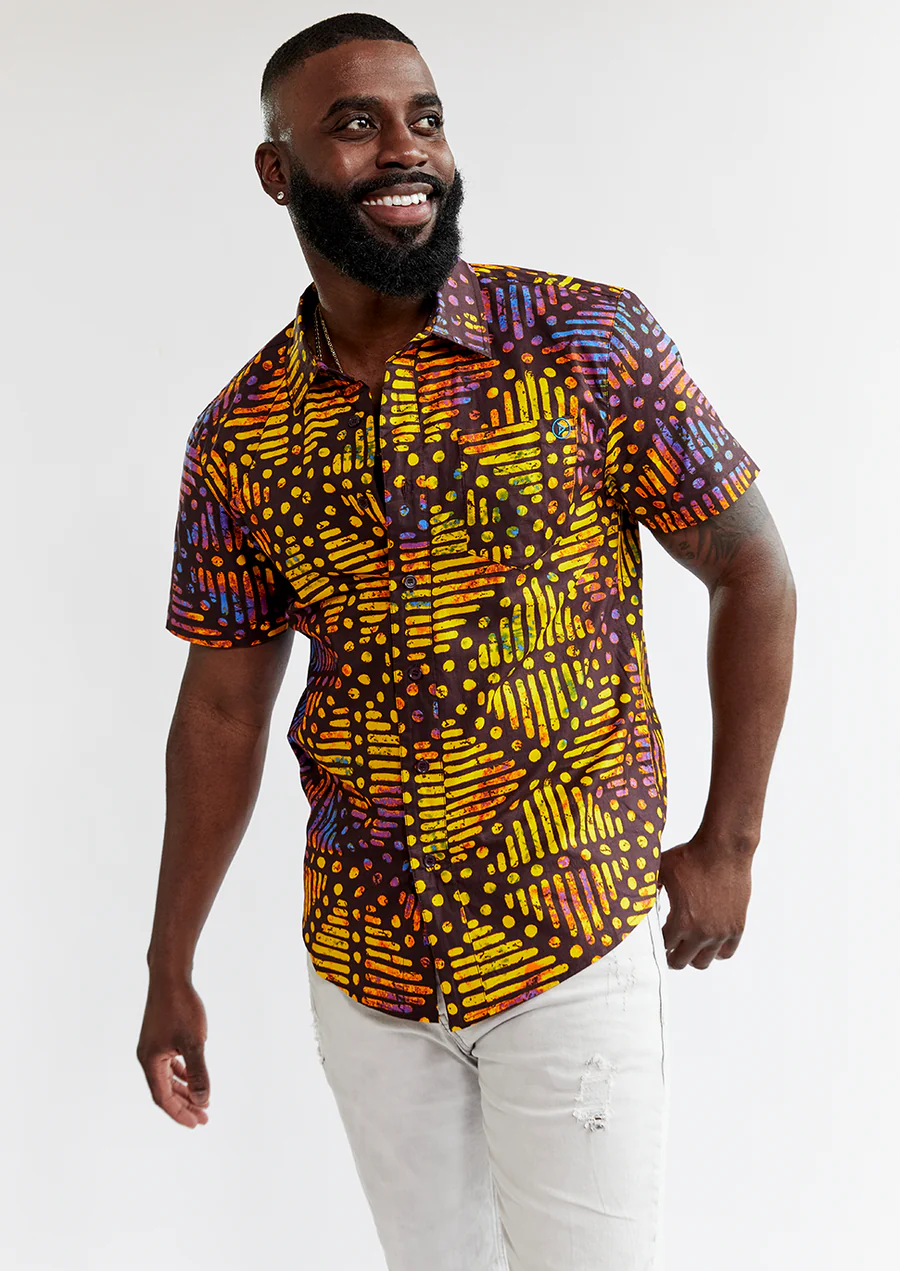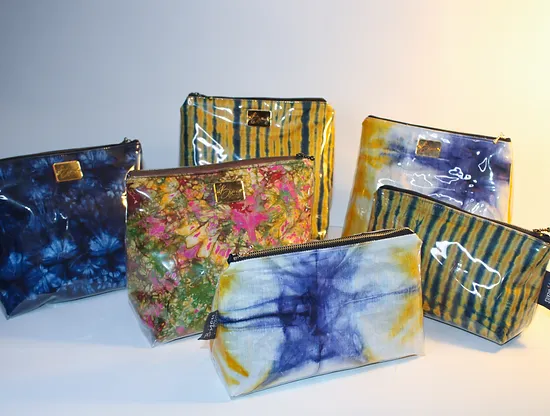In Cameroon's cultural heritage mosaic, Toghu cloth emerges as a masterpiece, a symbol of elegance that transcends time. Woven with threads of tradition and adorned with intricate designs, Toghu is more than just fabric; it is a living testament to the rich legacy of Cameroon. In exploring Toghu's cultural significance, we delve into the artistry, symbolism, and enduring charm that make it a cherished emblem of Cameroon's identity.
Unraveling the Origin
While the precise origin of the attire remains somewhat unclear, it is commonly believed to have originated in the 19th century within the Kingdom of Bamum. The initial Toghu garments were crafted using imported fabrics. However, as time progressed, communities in the grassfield regions, specifically the North West and West Regions, evolved their distinct embroidery style, contributing to the unique and indigenous character of Toghu attire.
Artistry and Design
Toghu cloth is a canvas of artistry, showcasing bold, geometric patterns that have evolved over centuries. The designs, often featuring symbols deeply rooted in Cameroonian folklore, narrate stories of heritage, wisdom, and spiritual beliefs. The meticulous hand embroidery by skilled artisans brings these patterns to life, creating a visual spectacle that resonates with cultural vibrancy.
Each thread in Toghu cloth weaves a tale of Cameroon's cultural richness. The patterns and symbols are not arbitrary but a visual language reflecting Cameroonian people's values, traditions, and history. Toghu serves as a symbol of prestige, worn historically by royalty during significant ceremonies. Today, it symbolizes identity and a deep connection to the nation's legacy.
The Art of Toghu Fabric Weaving
Versatility in Modern Expression
While deeply rooted in tradition, Toghu cloth has gracefully transitioned from ceremonial attire to becoming a canvas for modern fashion. Its adaptability is seen in contemporary designs, including dresses, suits, and accessories, making it a sought-after choice among Cameroonians who wish to express their cultural pride in everyday settings.
Beyond Cameroon's borders, Toghu cloth has garnered global recognition for its vibrant aesthetics, meaningful symbols, and cultural depth. Designers and enthusiasts worldwide appreciate its uniqueness, and Toghu is increasingly finding its place in the global fashion scene. This global embrace reflects the universal appeal of cultural elegance woven into Toghu's fabric.
Recognizing the importance of preserving Toghu's legacy, initiatives have been undertaken to pass down the intricate art of Toghu production to younger generations. Workshops, cultural festivals, and educational programs contribute to the continuity of this cherished tradition, ensuring that the craftsmanship and symbolism of Toghu endure through time.
Toghu cloth stands tall as a symbol of Cameroon's rich legacy, embodying cultural elegance beyond mere threads. It encapsulates a nation's resilience, people's wisdom, and the beauty of a heritage that continues to thrive. As Toghu graces contemporary runways and everyday wardrobes, it remains a living testament to Cameroon's cultural wealth, inviting the world to witness the enduring charm of this remarkable textile.
Toghu Cloth is a mosaic of identity, where every stitch is a brushstroke painting on the canvas of Cameroon's cultural masterpiece. - La Djalobienne Eton
References
















